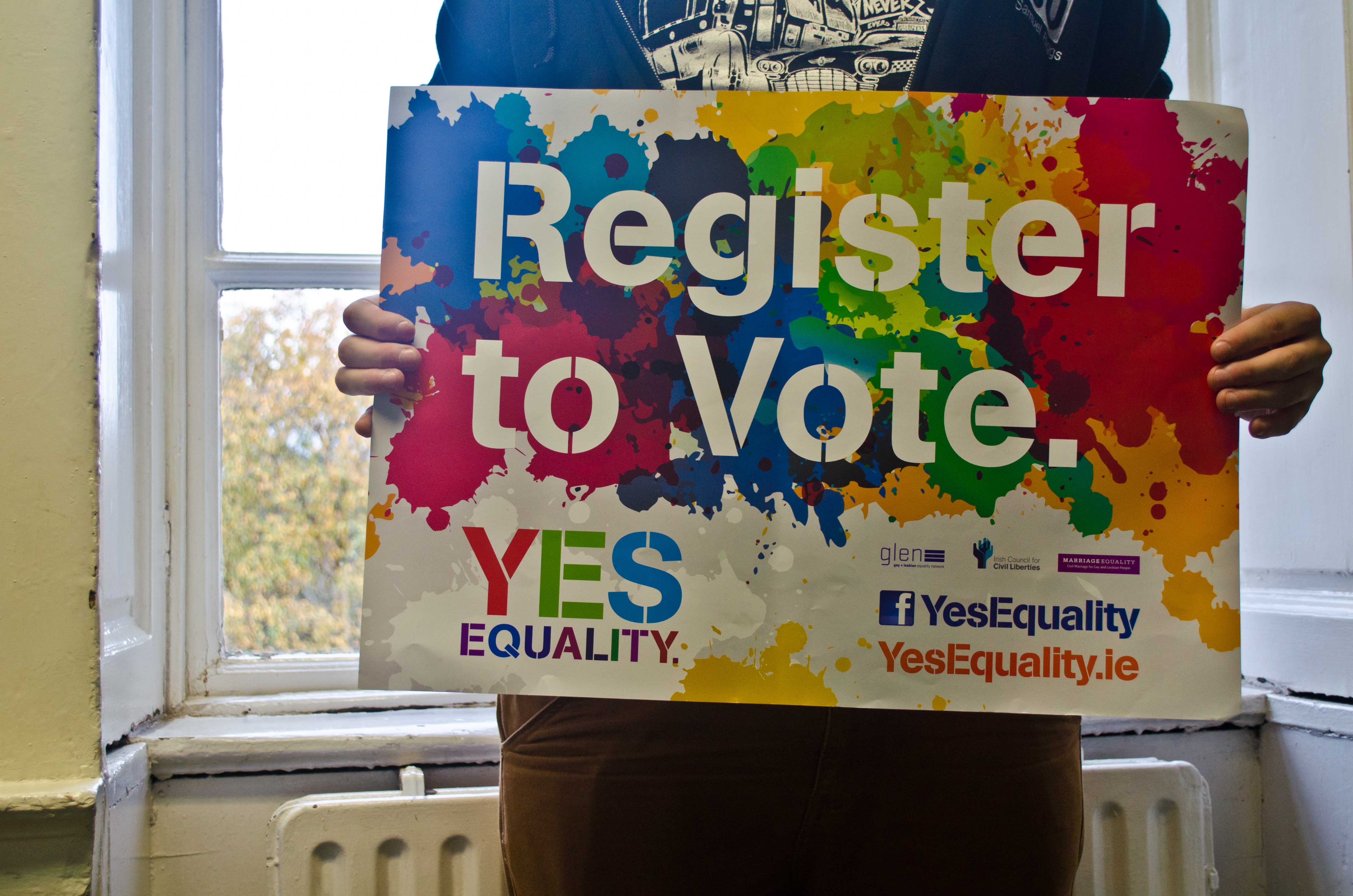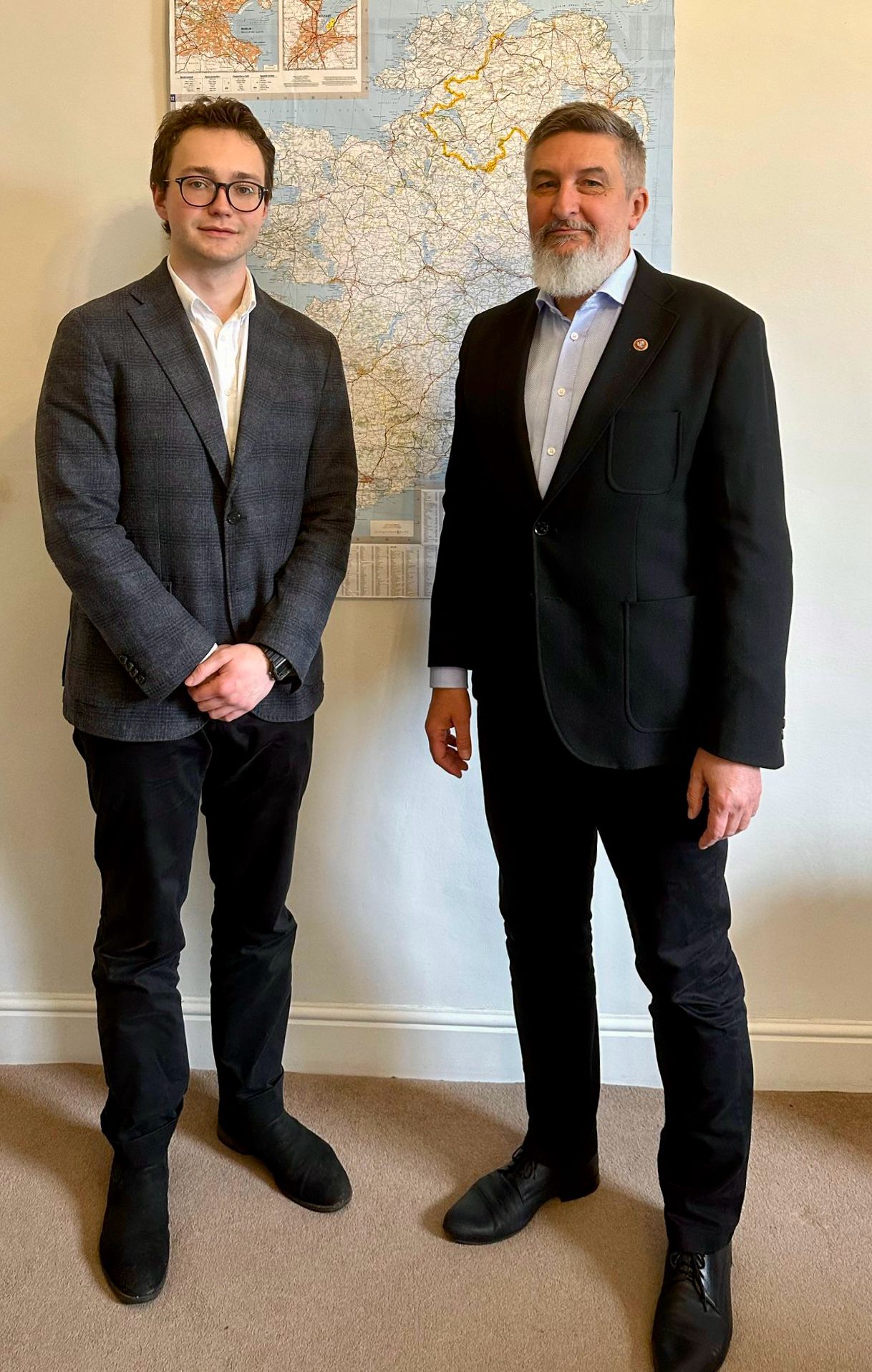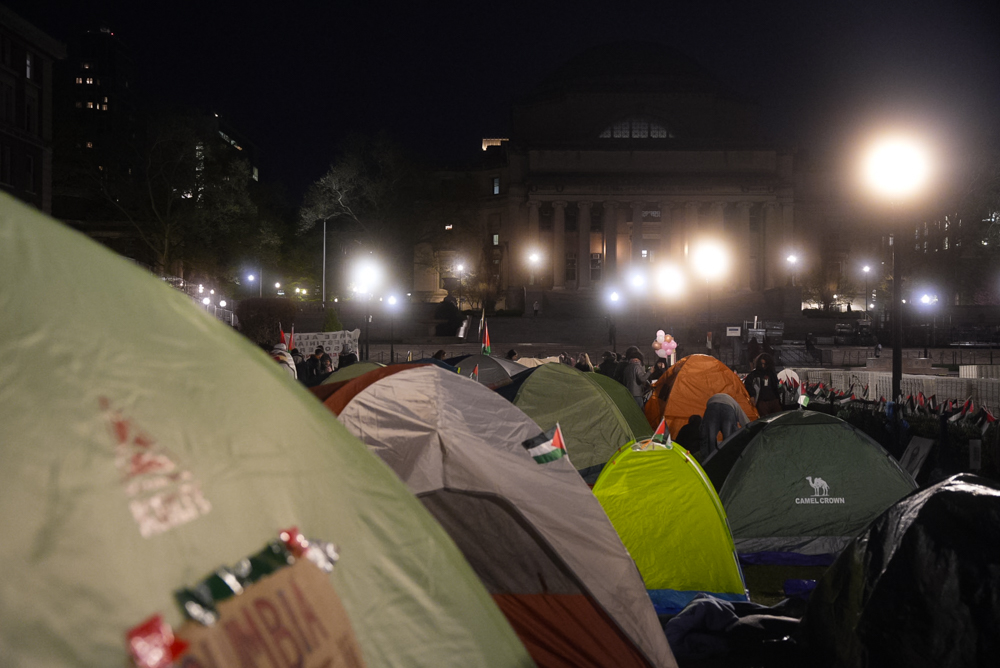Sinéad Baker | Co-Editor-at-Large
In September of this year, the Deputy Director of the National Youth Council of Ireland, James Doorley, released a statement about the current voter registration system in Ireland, claiming “the current voter registration system is outdated and failing and must be overhauled… many young people who do want to vote are prevented from doing so because they are not registered in time.”
Calls for a reformed voter registration system are not rare. An Electoral Commission was promised both by this government and the previous one, and so far neither has delivered. Even if this does occur, it may be too late considering the referendums due early next year whose outcomes depend heavily on the youth vote.
In most democratic nations, older generations and those from the middle class that are always the most likely to vote, and our current system only serves to further that bias.
That the outcome of the referendum on marriage equality will depend strongly on the youth vote is news to no one, but neither is the fact that the youth vote is typically underrepresented. In order for this referendum to be truly representative of the nation’s views, the entire population must engage with the voting process, not just those who typically do so. This is all the more important in a referendum that deals with basic human rights.
Ireland’s current voter registration system remains entirely inappropriate if we want votes to be truly representative. For one thing, the government fails to promote to citizens that they must register to vote. Although one could argue that the responsibility to be an active citizen should fall entirely with the citizen themselves, this argument ignores the reality that, in most democratic nations, older generations and those from the middle class that are always the most likely to vote, and our current system only serves to further that bias.
A large proportion of the population is unaware of the need to register. People show up at polling stations every year assuming that, as a citizen, they are automatically entitled to do so. Many countries don’t even require you to register in order to vote. In France you are automatically registered when you turn 18. The entire concept of having to register to vote seems incompatible with the idea of a democracy, in which all eligible members are supposed to participate equally. Automatic registration is advocated by the National Youth Council, and it is one that has resulted in higher voting rates in most countries where it has been tried. In countries where voting is elective, those with stricter registration laws see a strong correlation with lower voter turnout, in particular amongst young people and those who come from lower-income backgrounds. Under these circumstances those who have the most aggressively held views, or have been brought up learning the importance of voting, will be most likely to engage with the process, which guarantees that the outcome will not be representative of the electorate.
The entire concept of having to register to vote seems incompatible with the idea of a democracy, in which all eligible members are supposed to participate equally.
Regardless of your feelings toward radical reform, the current system is an organisational nightmare that is riddled with flaws. At present, you can only be registered to vote in one constituency, which means filling out a new form whenever you move to a new one. There are currently four separate forms that relate to registering, which undoubtedly puts people off the process. It also makes voter-registration drives, which aim to increase the number of young people registered to vote, more difficult to organise. Two of the forms – the RFA 2 and the RFA 3 – require a garda stamp and signature as well as photo ID, which makes them incompatible with registering outside of your local garda station. The RFA form is preferable because it lacks these requirements, but it registers you on the basis of household rather than as an individual. Thus, if you register to vote at an address you then knock everyone else registered at that address off the register. This is obviously particularly problematic in student accommodation and apartment complexes where young people often live.
The only form that avoids both of these issues, and thus the only form that is in any way useful for its intended purpose of registering people in a logical manner, is the RFA1. But this form is only accepted from the 1st until the 25th of November. Thus, if you attempt to register outside of this timeframe, the system remains unnecessarily complicated.
The system is also entirely decentralised, with 28 separate County Councils and three City Councils in charge of building and managing their own records that are established via these forms. These councils don’t even have a standardised approach – some allow for online registration, some are hesitant about accepting certain forms – nor do they reliably communicate, potentially leaving a person registered in more than one constituency.
If we believe in voting as a duty, or even if we believe that voting should be easy and accessible for those wishing to cast their vote on a particular issue, then we must pursue a system that is as convenient, accessible and welcoming as possible. Even the fact that the process is paper-based makes it outdated in a world where we do our banking, taxes, and bills online.
These issues have become stark in light of the marriage equality referendum. Many LGBT organisations have come together for the YesEquality campaign, which is holding voter-registration drives across the country, including one on campus with TCDSU this week. YesEquality has created an “Action Pack” to simplify these drives. It includes copies of the RFA1 form, a full list of addresses where these forms are to be sent, details on how to fill it in correctly and the dates until which the forms are accepted. That the responsibility for clearly laying out this information has fallen to an external group proves that getting people registered is simply not a priority of the government. The campaign is also limited by the nature of the forms, as the RFA1 form, the only suitable form, is not accepted after November 25th.
Ireland needs a system in which the registration process is centralised, where registration is automatic and linked to your status as a citizen, and where you can update your details and your address quickly and easily online.
Blame cannot solely be assigned to apathetic voters. The flaws in our voting system do not accommodate the mobile lives led by so many citizens, and particularly by young people. We don’t know exactly when the referendum will take place – or even who will ultimately decide the date. If the referendum were to take place in June rather than in May, for example, all of the above work becomes fruitless, since the process of registering becomes increasingly more difficult once authorities stop accepting the RFA1 form.
The solution appears obvious. Ireland needs a system in which the registration process is centralised, where registration is automatic and linked to your status as a citizen, and where you can update your details and your address quickly and easily online. For the system to be otherwise is for the system to be inherently biased.
Many nations have managed to make voting as easy and accessible as possible to all members of society. Our government must fulfill its promise to bring around electoral reform. Students are often criticised for being lazy or apathetic, but it cannot be said that the youth vote is the only one that is generally underrepresented. We must acknowledge that existing structures make it considerably more difficult for certain groups to vote than it is for others. As Tiarnan Brady, Policy Director at Glen, stated: “If you were to design an electoral register with the specific goal of disadvantaging young voters, this current system is exactly what it would look like”.
Photo by Sinéad Baker for The University Times







